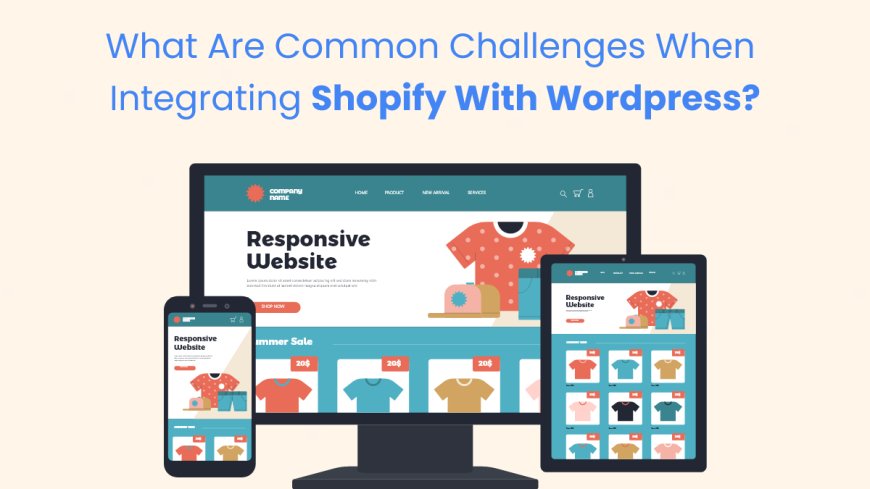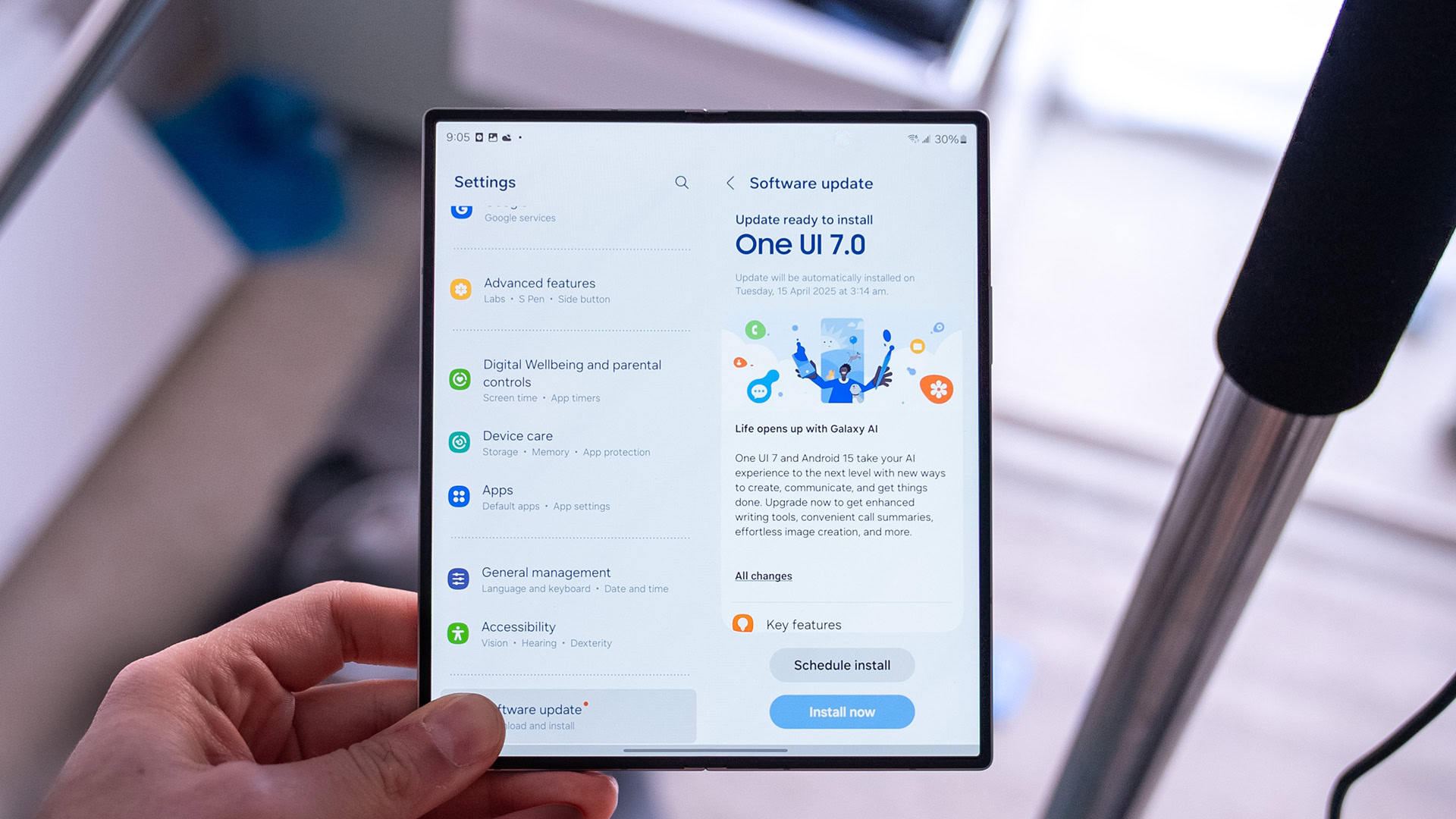What Are Common Challenges When Integrating Shopify with WordPress?
Learn how to seamlessly integrate Shopify with WordPress and overcome common challenges. Unlock the power of both platforms with our expert tips and insights.

Integrating Shopify with WordPress is a strategy that many businesses adopt to combine the strengths of both platforms. Shopify offers robust e-commerce capabilities, while WordPress provides extensive customization options for content management and SEO. However, integrating these two powerful platforms can present a variety of challenges. In this guide, we will explore common issues faced during the integration process and offer insights on how to address them.
Understanding Shopify and WordPress Integration
The Benefits of Integration
Before diving into the challenges, it’s essential to understand why businesses choose to integrate Shopify with WordPress. The integration allows businesses to:
- Leverage Shopify’s E-Commerce Strengths: Shopify provides a comprehensive suite of e-commerce tools, including inventory management, payment gateways, and order processing.
- Utilize WordPress’s Content Management: WordPress excels in content creation, SEO, and customizability, making it ideal for managing blog posts, landing pages, and other content-driven aspects of a website.
- Enhance User Experience: Combining the strengths of both platforms can offer a seamless experience for users, integrating shopping capabilities with rich content and engaging design.
Integration Methods
Several methods are available for integrating Shopify with WordPress, including:
- Shopify Buy Button: Embeds Shopify’s checkout and cart functionality directly into a WordPress site.
- Shopify Plugin for WordPress: Integrates Shopify’s e-commerce features into WordPress, allowing for more seamless functionality.
- Custom Integration: Uses APIs to create a tailored integration solution that meets specific business needs.
Common Challenges in Integration
Technical Complexity
Integration Methods and Complexity
The complexity of integrating Shopify with WordPress can vary depending on the method used:
- Shopify Buy Button: While straightforward, this method may not offer the full functionality or customization that more extensive integrations provide.
- Shopify Plugin for WordPress: Plugins can simplify integration but may still require technical knowledge for setup and customization.
- Custom Integration: This offers the highest level of flexibility but requires a deep understanding of both platforms and may necessitate custom development.
Managing Technical Issues
Technical issues can arise during integration, including:
- Compatibility Problems: Ensuring that the chosen method or plugin is compatible with the current versions of Shopify and WordPress.
- Performance Issues: Integration can impact website performance, potentially slowing down loading times or affecting user experience.
Data Synchronization
Challenges in Data Sync
Maintaining consistent data between Shopify and WordPress is crucial but challenging:
- Product Data: Ensuring that product information, including pricing and inventory, is accurately reflected across both platforms.
- Order Data: Synchronizing order data between Shopify and WordPress can be complex, particularly if multiple plugins or custom solutions are used.
- Customer Data: Maintaining accurate customer information across both platforms while adhering to data privacy regulations.
Solutions for Data Sync Issues
To address data synchronization challenges:
- Use Reliable Plugins: Choose well-reviewed and regularly updated plugins to handle data synchronization.
- Regular Updates and Checks: Perform regular updates and checks to ensure data consistency and address any discrepancies.
User Experience and Design Integration
Design Consistency
Maintaining a consistent design across Shopify and WordPress can be challenging:
- Design Integration: Ensuring that the design elements of Shopify’s e-commerce features blend seamlessly with the WordPress theme.
- User Interface: Creating a cohesive user interface that provides a seamless experience from content browsing to purchasing.
Improving User Experience
To improve design integration and user experience:
- Custom Styling: Use custom CSS and design adjustments to ensure a consistent look and feel across both platforms.
- Testing: Conduct thorough testing to identify and resolve any design or usability issues.
SEO Considerations
SEO Challenges
Integrating Shopify with WordPress can impact SEO efforts:
- Duplicate Content: Ensure that product pages and content do not create duplicate content issues that could negatively impact SEO.
- Site Structure: Maintaining a well-structured site that supports effective SEO practices across both platforms.
SEO Best Practices
To mitigate SEO challenges:
- SEO-Friendly Plugins: Use SEO-friendly plugins and tools to manage and optimize content on both platforms.
- Monitor SEO Performance: Regularly monitor SEO performance and make adjustments as needed to maintain search engine rankings.
Maintenance and Support
Ongoing Maintenance
Integration requires ongoing maintenance to ensure smooth operation:
- Plugin Updates: Regularly update plugins and integrations to address security vulnerabilities and compatibility issues.
- Technical Support: Access to reliable technical support can be crucial for addressing any issues that arise post-integration.
Finding Reliable Support
To manage ongoing maintenance and support:
- Choose Reputable Providers: Select reputable plugin developers or integration partners with a track record of reliable support.
- Regular Backups: Implement regular backups to safeguard against data loss or integration issues.
Conclusion
Integrating Shopify with WordPress offers the potential for a powerful and flexible online presence, combining robust e-commerce functionality with comprehensive content management. However, the integration process is not without its challenges. By understanding these common challenges and implementing strategies to address them, businesses can achieve a successful integration that leverages the strengths of both platforms. Looking to integrate Shopify with WordPress? Discover common challenges and solutions with the best Shopify mobile app builder. Optimize your online store today!
Whether using Shopify’s Buy Button, a dedicated plugin, or a custom solution, careful planning and execution are key to creating a seamless and effective integrated solution. With the right approach, businesses can enhance their online presence, streamline their operations, and provide a superior user experience, ultimately driving greater success in the digital marketplace.
What's Your Reaction?
 Like
0
Like
0
 Dislike
0
Dislike
0
 Love
0
Love
0
 Funny
0
Funny
0
 Angry
0
Angry
0
 Sad
0
Sad
0
 Wow
0
Wow
0














































